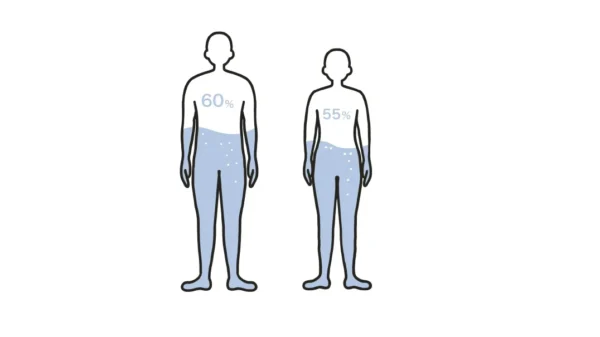Which Sports Should Heart Patients Do?
Sports recommended for heart patients are generally low-intensity and regular exercises. Walking, swimming, cycling, and yoga are aerobic activities that support heart health and are good for the heart. These sports strengthen the heart by increasing circulation and provide positive effects on overall health.
Exercise durations for heart patients may vary according to individual conditions and doctor’s recommendations. Generally, moderate-intensity exercises for 30-45 minutes a day, at least 5 days a week are recommended. For those who are new to exercise, this duration can initially be 10-15 minutes and can be gradually increased to 30-45 minutes as fitness improves.
Which Sports Should Heart Patients Avoid?
Intense sports that require sudden effort can pose risks for heart patients and are not good for the heart. Particularly high-tempo running, heavy weightlifting, competitive sports, and activities requiring sudden power should be avoided. Such exercises can cause excessive strain on the heart.
Can Heart Patients Lift Weights?
Heart patients can lift weights under doctor supervision and provided that it’s at a light level. However, heavy weightlifting requiring sudden power is generally not recommended. Controlled resistance exercises should be regulated so as not to increase blood pressure excessively.
Does Exercise Strain the Heart?
Exercises done correctly and at appropriate intensity strengthen the heart rather than strain it. However, excessively intense or irregular exercises can create stress on the heart. Therefore, heart patients must follow doctor’s recommendations and an exercise plan while doing sports.
What Strengthens the Heart the Most?
Regular aerobic exercises are among the activities that strengthen heart health the most. In addition to sports such as walking, swimming, and cycling, balanced nutrition, stress management, and regular sleep also protect and strengthen the heart.
My Exercise Capacity is Low, How Should I Exercise?
Light and low-tempo sports are recommended for people with low exercise capacity. Slow-paced walking, stretching movements, yoga, or seated exercises can be ideal for beginners. Exercise duration and intensity should be gradually increased according to the person’s tolerance. Additionally, it’s important to listen to your body before and during exercise and take breaks when you get tired. You can create a personal exercise plan by following the recommendations of your doctor or physiotherapist.






